Located in the Arabian Sea, the island of Socotra is a unique and isolated ecosystem with a rich biodiversity. Among the various species that call this place home, there is one in particular that has captured the attention of researchers and visitors alike: the Dragon’s Blood tree. With its striking red resin, this mighty perennial has become an icon of Socotra and an important contributor to the island’s ecosystem.
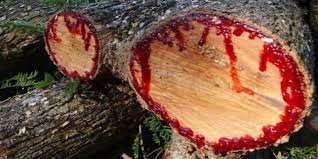
The Dragon’s Blood tree (Dracaena cinnabari) is a member of the Dracaena family, which includes over 120 different species of trees and shrubs. It is named for the bright red sap that oozes from its bark when it is cut, which was historically used as a dye and medicine. Today, the resin is still used in a variety of products, including varnish, incense, and cosmetics.
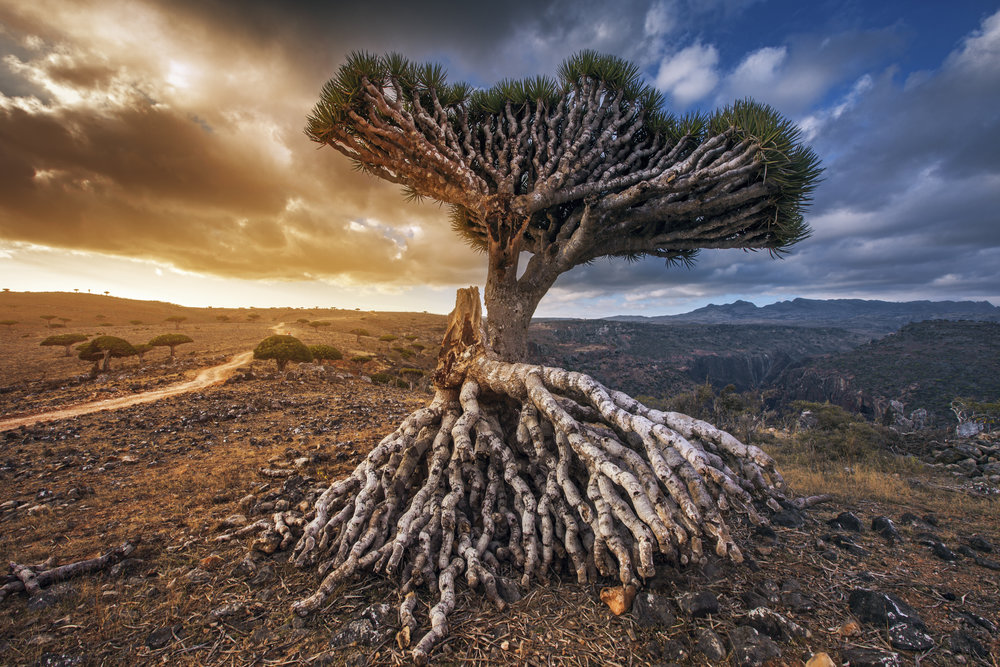
But the Dragon’s Blood tree is much more than just a source of valuable resin. It plays a crucial role in the ecosystem of Socotra, both as a habitat for other species and as a contributor to the island’s unique flora.
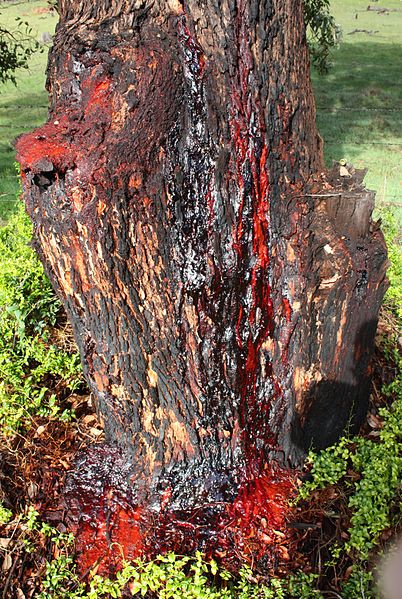
One of the most important roles of the Dragon’s Blood tree is as a habitat for other species. Its unique shape and size make it a valuable nesting site for birds and other animals. The tree’s thick, twisted branches provide a sturdy platform for nests, while its dense foliage provides protection from predators and the harsh sun. In addition, the tree’s resin is thought to have antimicrobial properties, which may help to protect animals that make their homes in and around the tree.
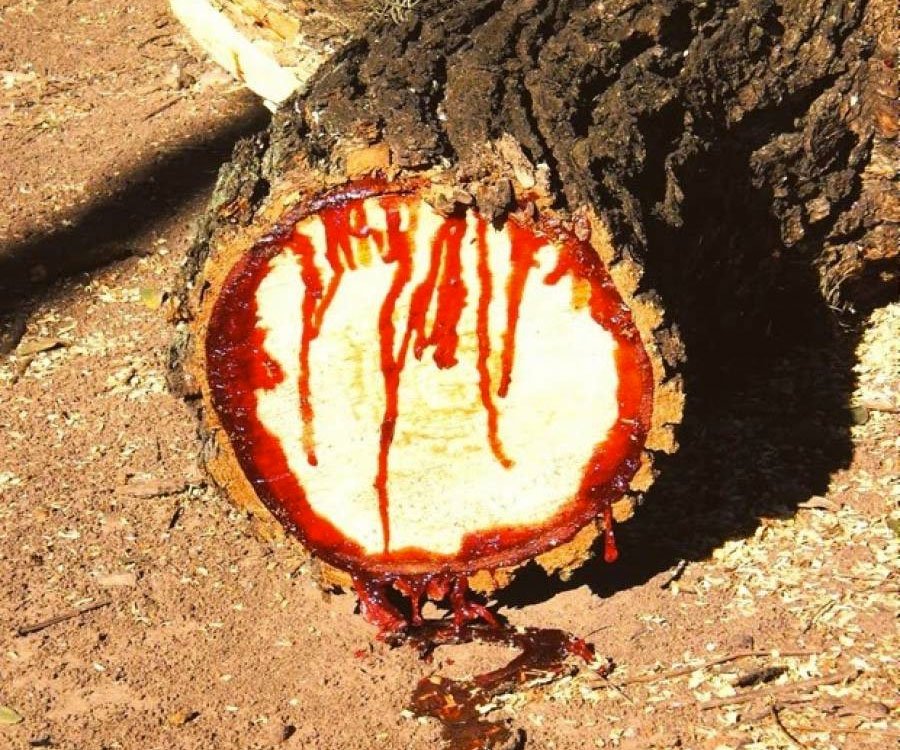
But the Dragon’s Blood tree also contributes to the ecosystem of Socotra in other ways. Its dense foliage provides shade and shelter for other plants, helping to create microclimates that support a diverse range of species. The tree’s deep roots also help to stabilize the soil, preventing erosion and ensuring that the island’s fragile ecosystem remains intact.
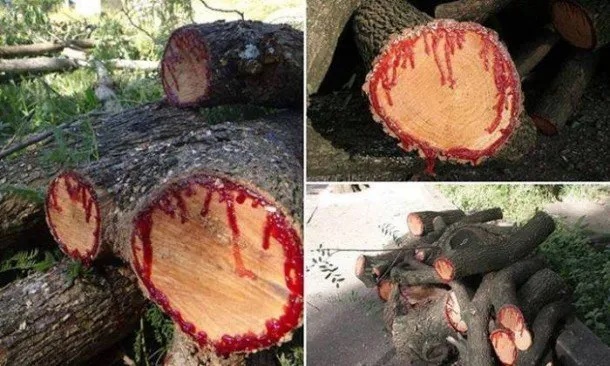
Perhaps most importantly, the Dragon’s Blood tree is a key contributor to the unique flora of Socotra. The island is home to over 700 plant species, many of which are found nowhere else in the world. The Dragon’s Blood tree is one of the most iconic of these species, with its striking silhouette and bright red resin. But it is also an important member of the island’s broader ecosystem, providing a home for other species and contributing to the overall health of the island’s flora and fauna.
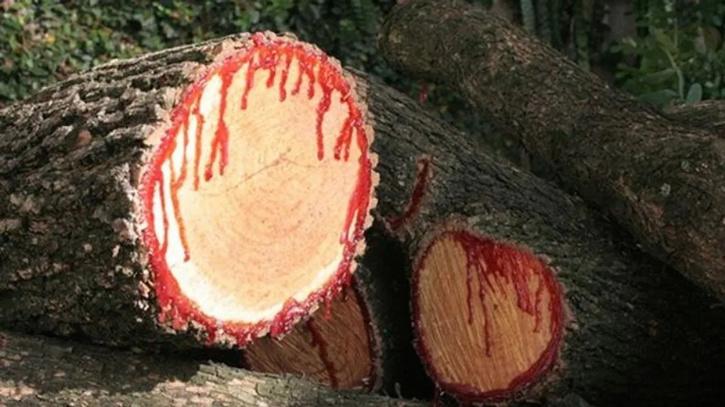
Unfortunately, the Dragon’s Blood tree and the ecosystem of Socotra face significant threats. One of the most pressing is climate change, which is causing temperatures to rise and rainfall to decrease, putting stress on the island’s delicate ecosystem. In addition, overgrazing and habitat destruction are putting pressure on the Dragon’s Blood tree and other species that call Socotra home.
To address these threats, conservation efforts are underway on Socotra. These efforts include measures to protect the island’s unique flora and fauna, as well as initiatives to promote sustainable tourism and reduce the impact of human activities on the island’s fragile ecosystem.
At the same time, researchers are working to better understand the Dragon’s Blood tree and its role in the ecosystem of Socotra. This includes studies on the genetics of the tree, as well as efforts to document the range of species that depend on the tree for their survival.
The Dragon’s Blood tree is a remarkable species that has captured the imagination of people around the world. Its bright red resin and unique shape make it an icon of Socotra, but it is also a vital contributor to the island’s ecosystem. As we work to protect the fragile ecosystems of our planet, it is important to remember the important role that individual species like the Dragon’s Blood tree play in maintaining the health and vitality of our planet.
